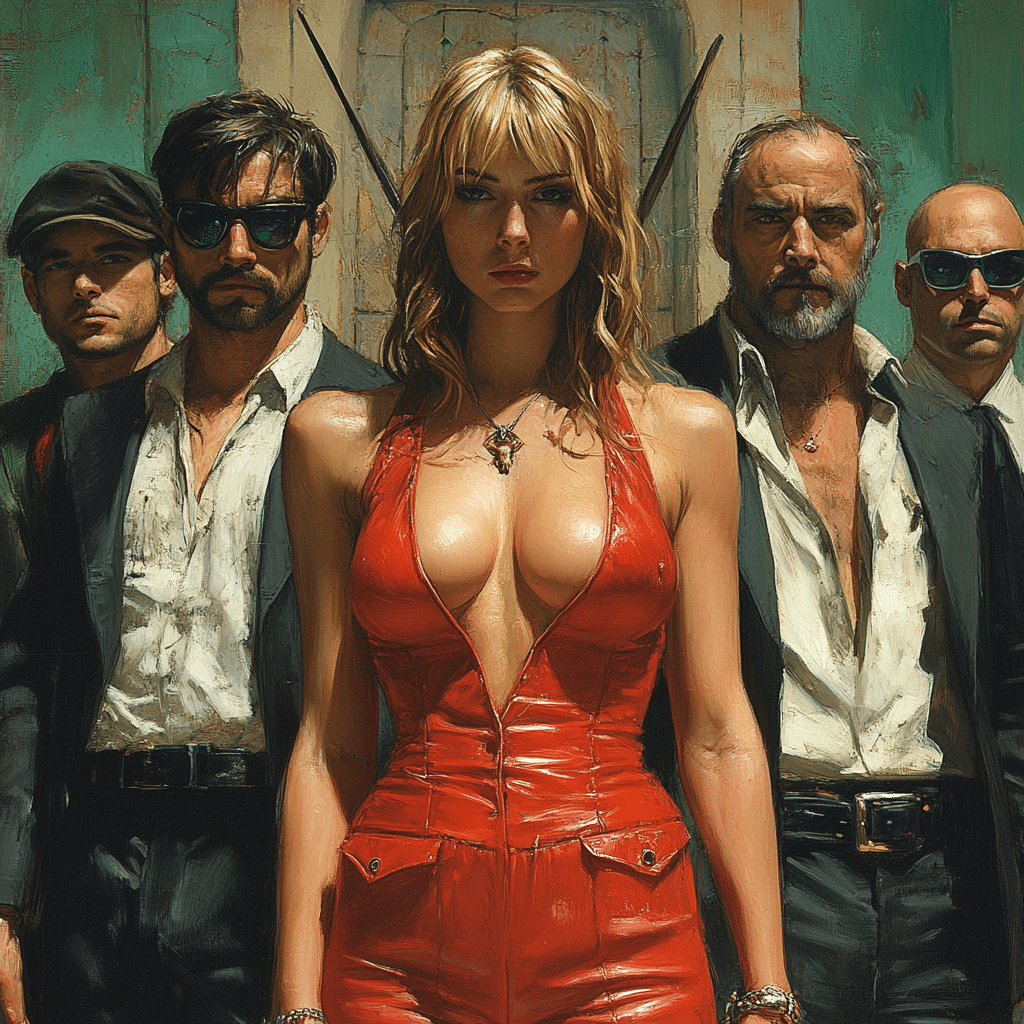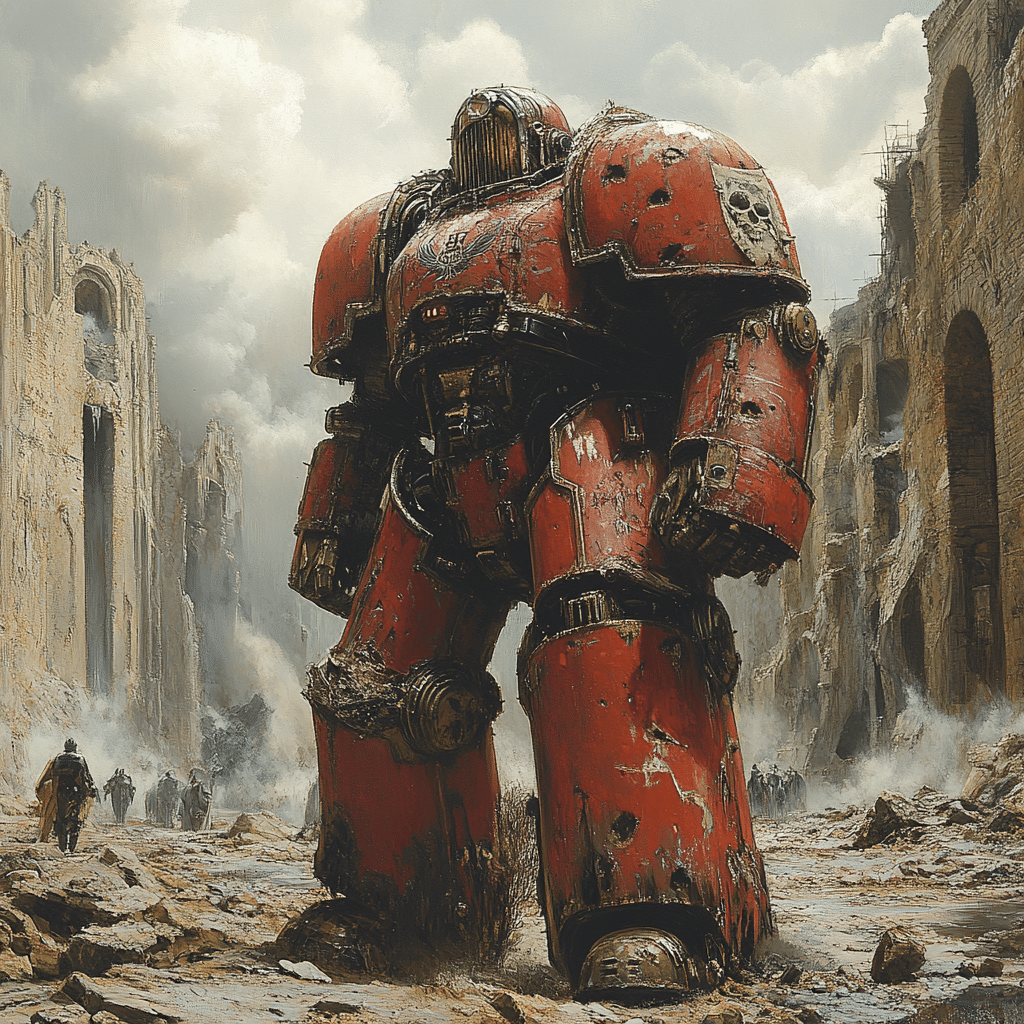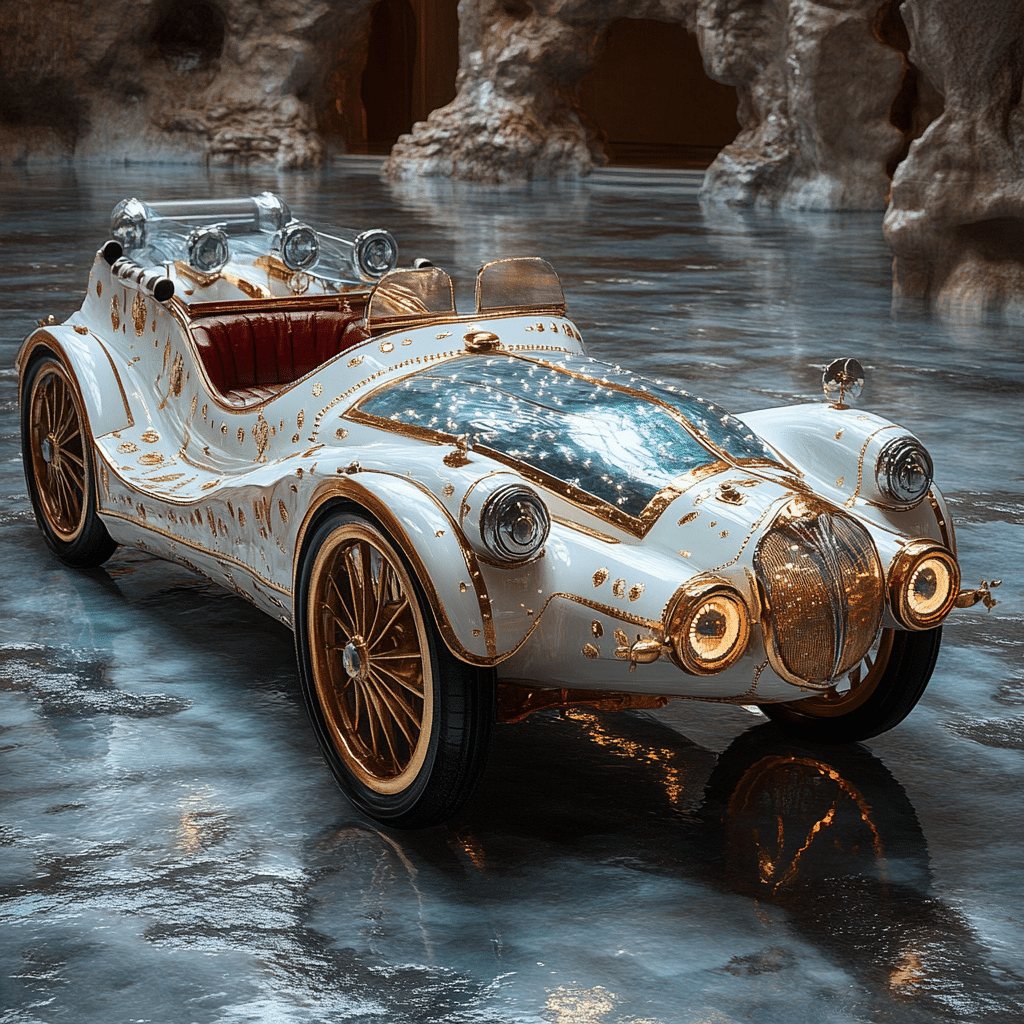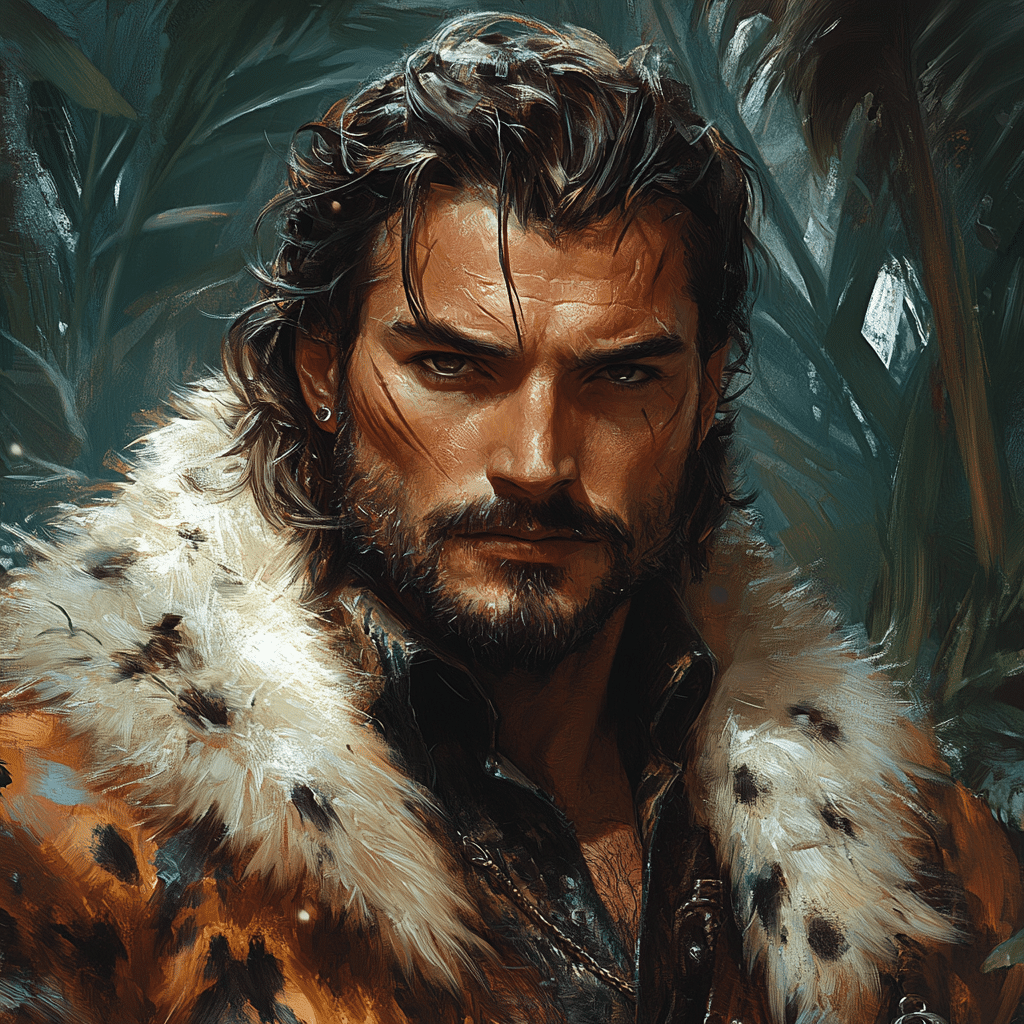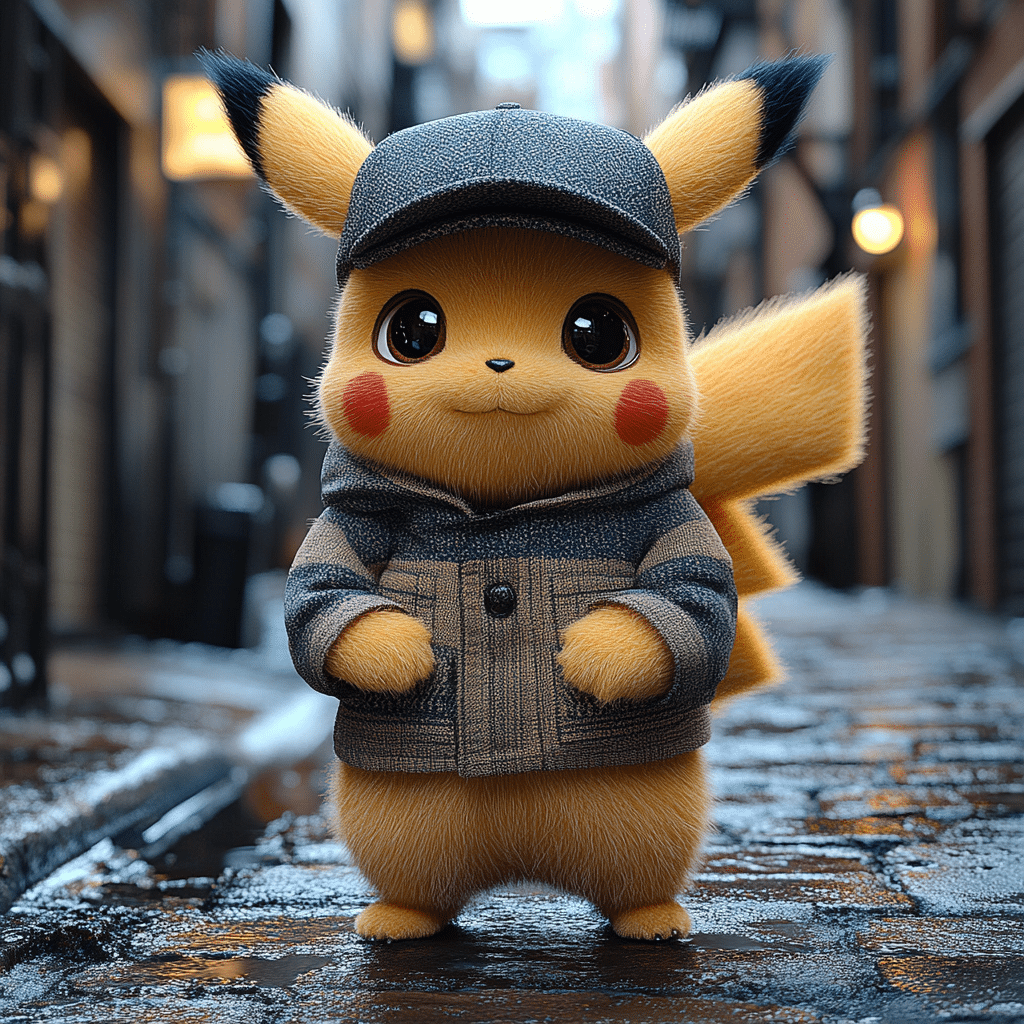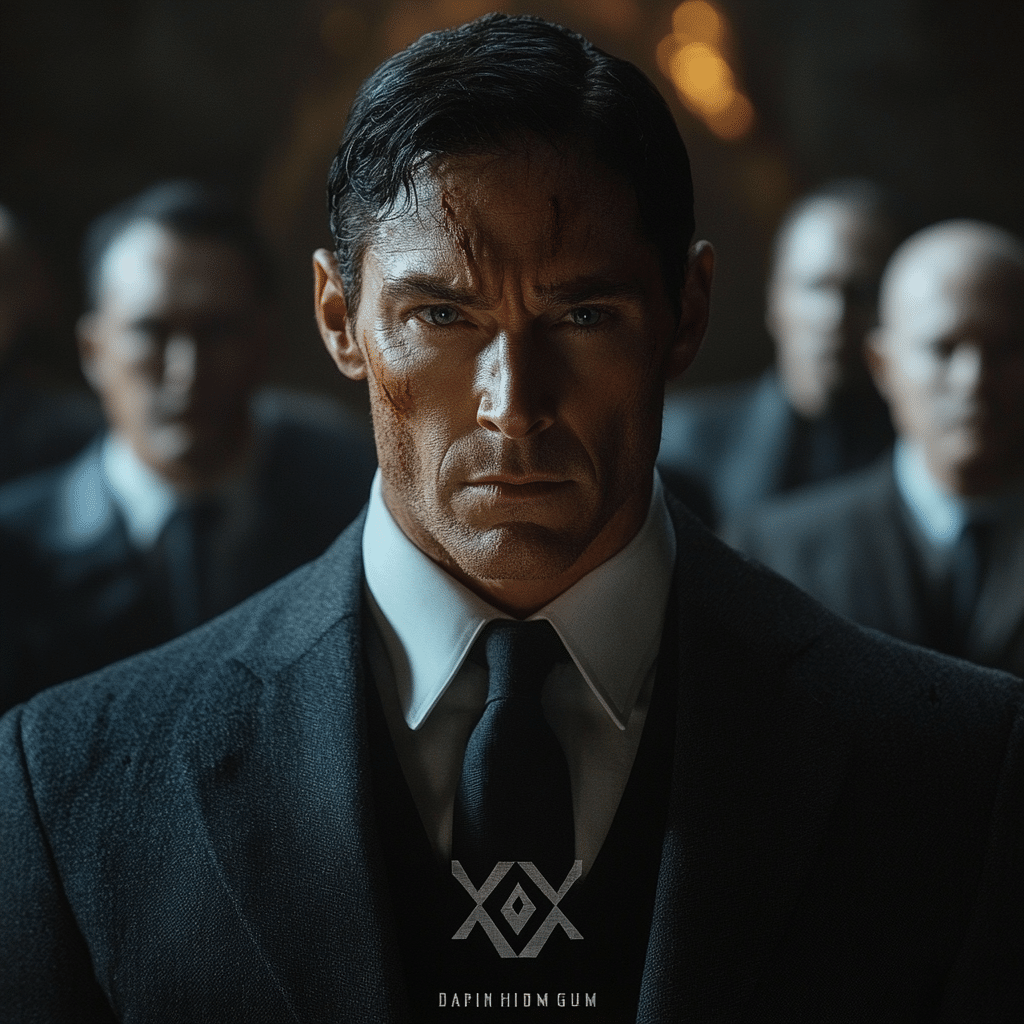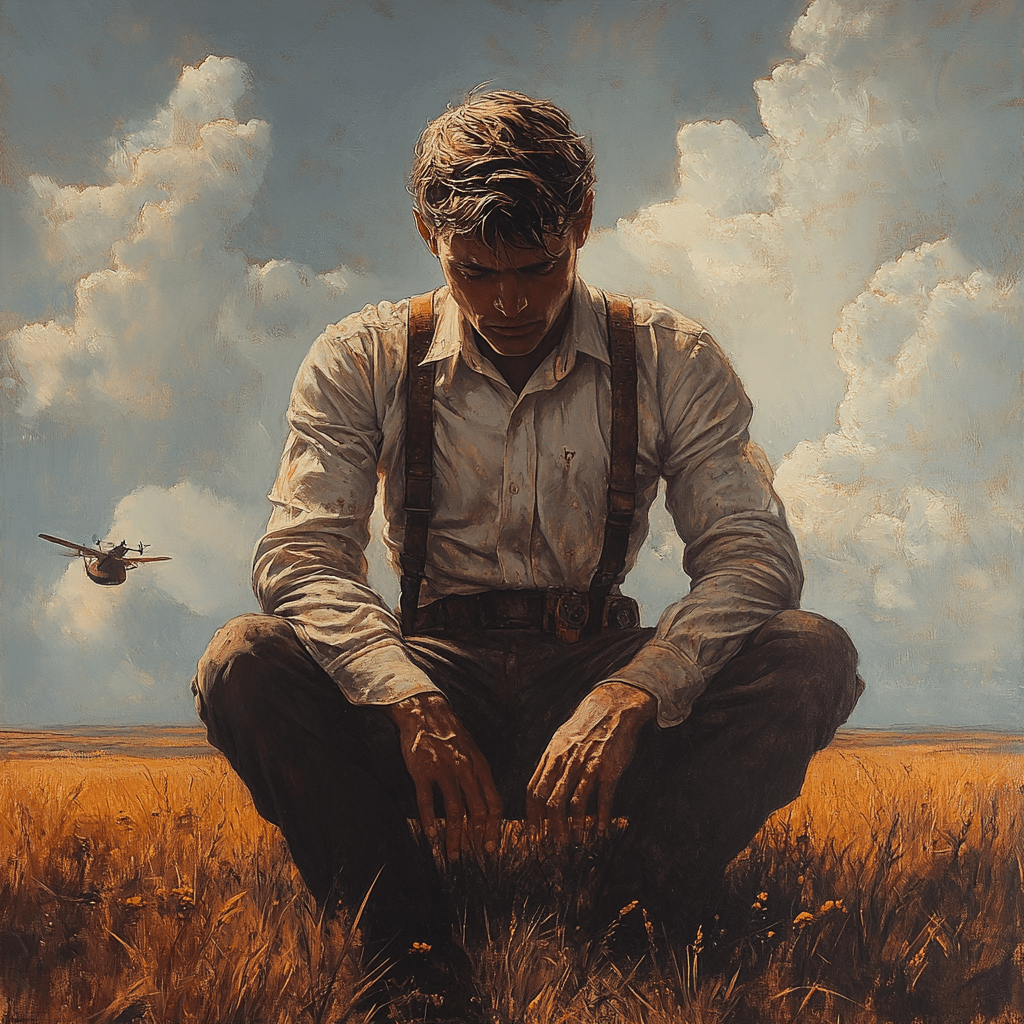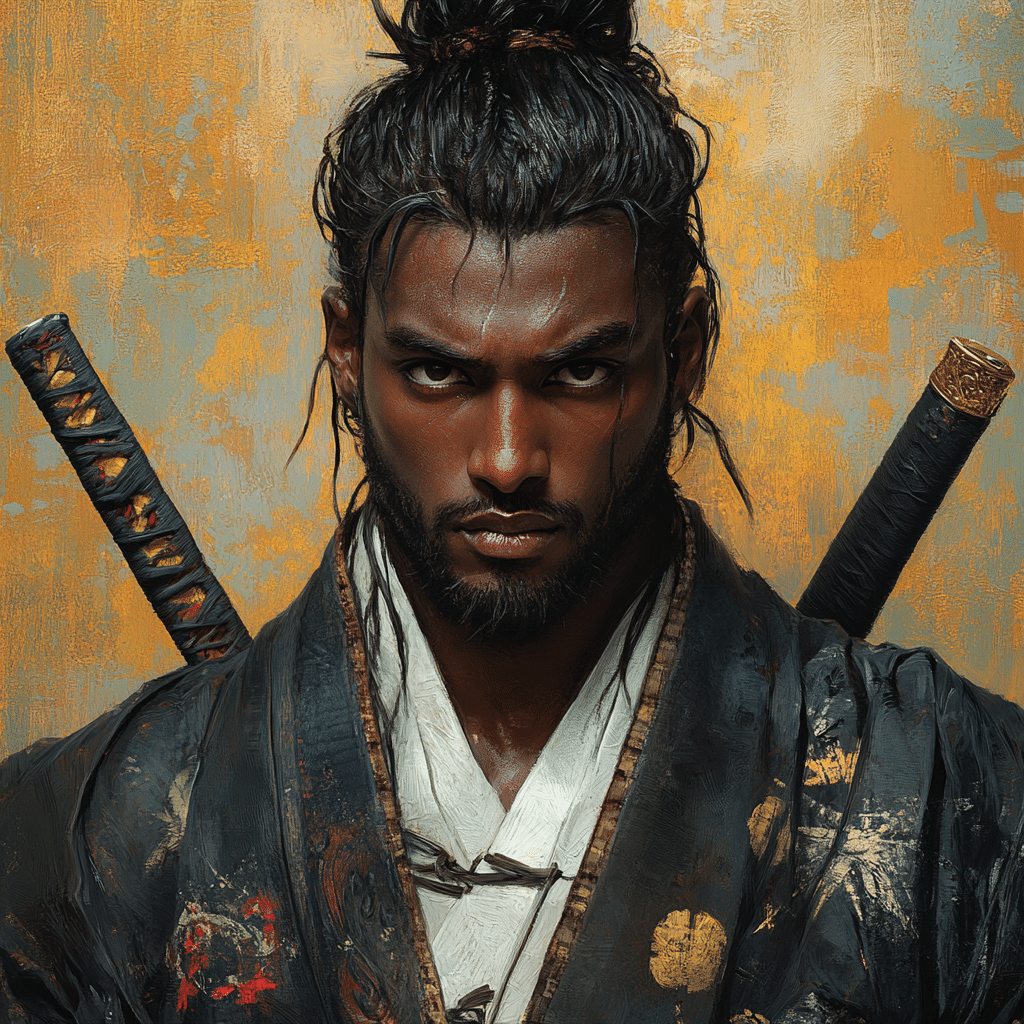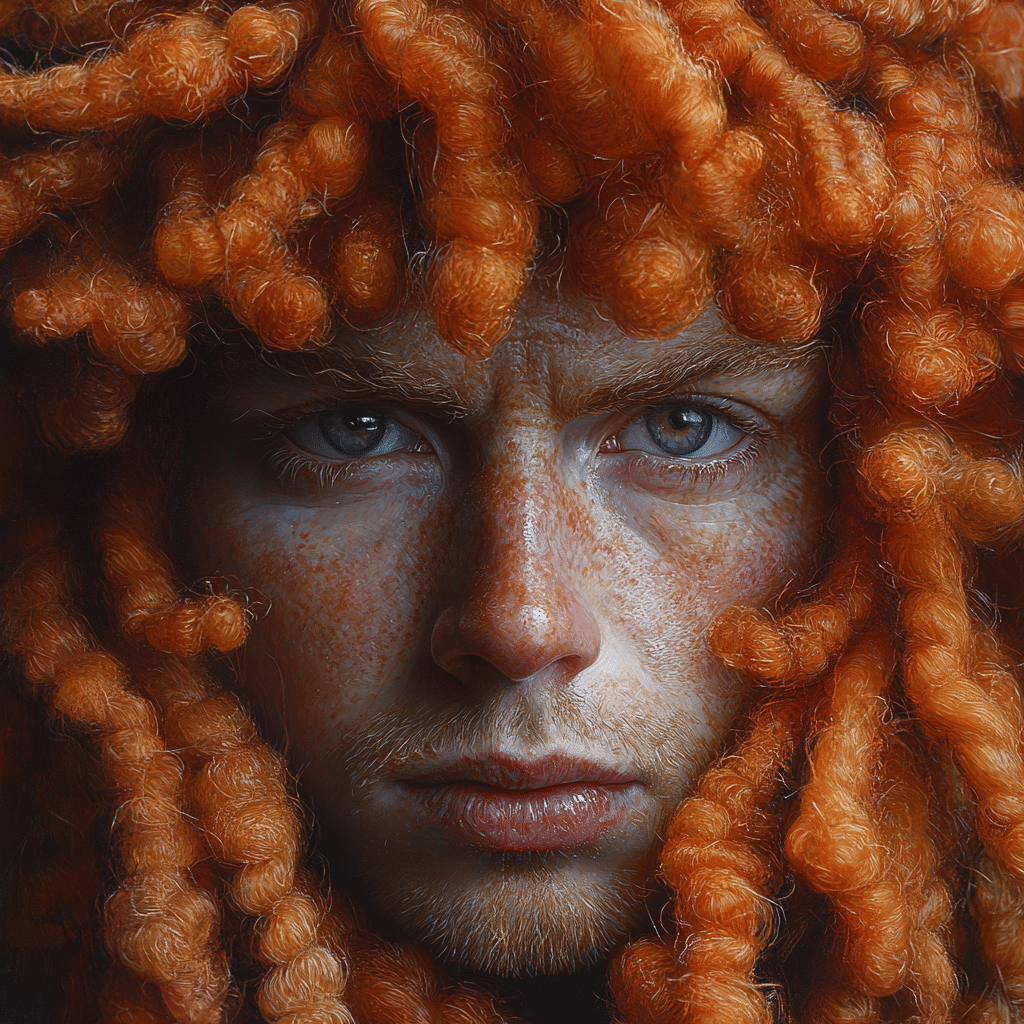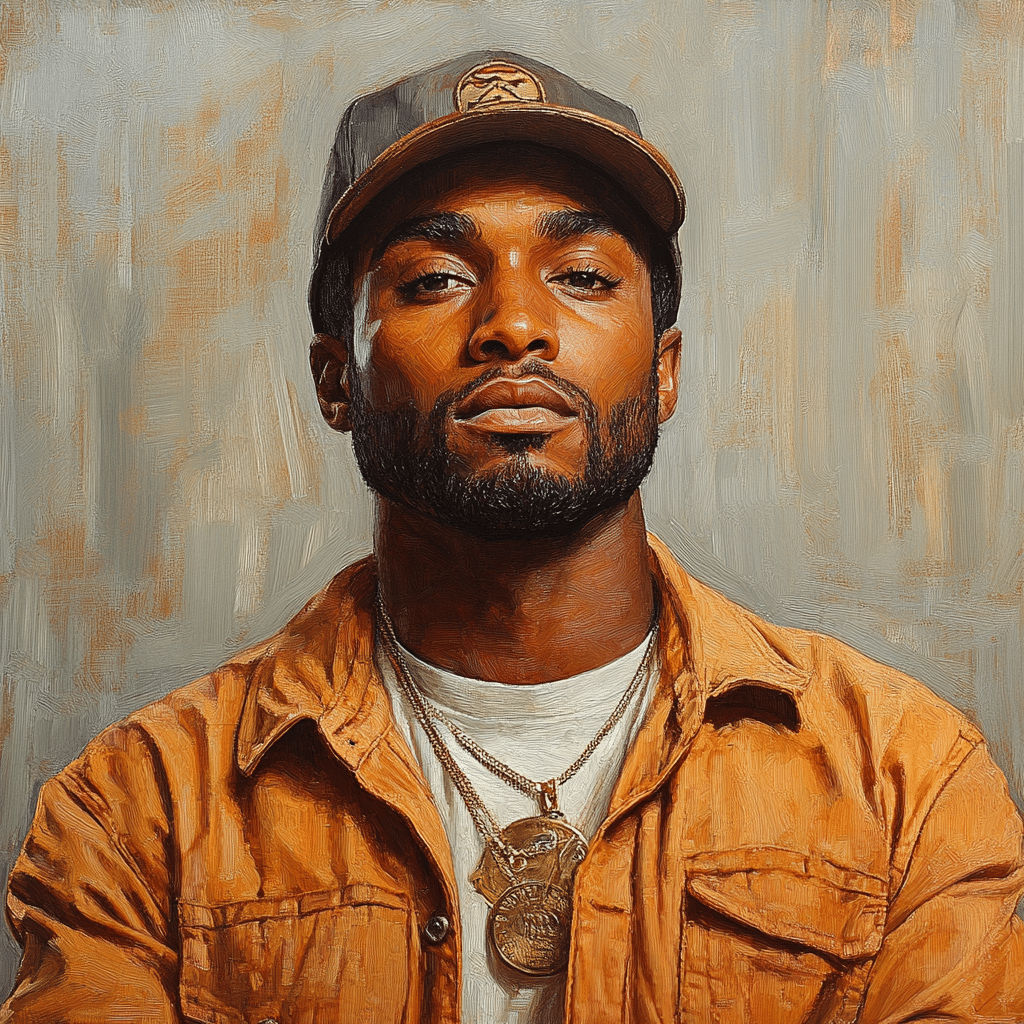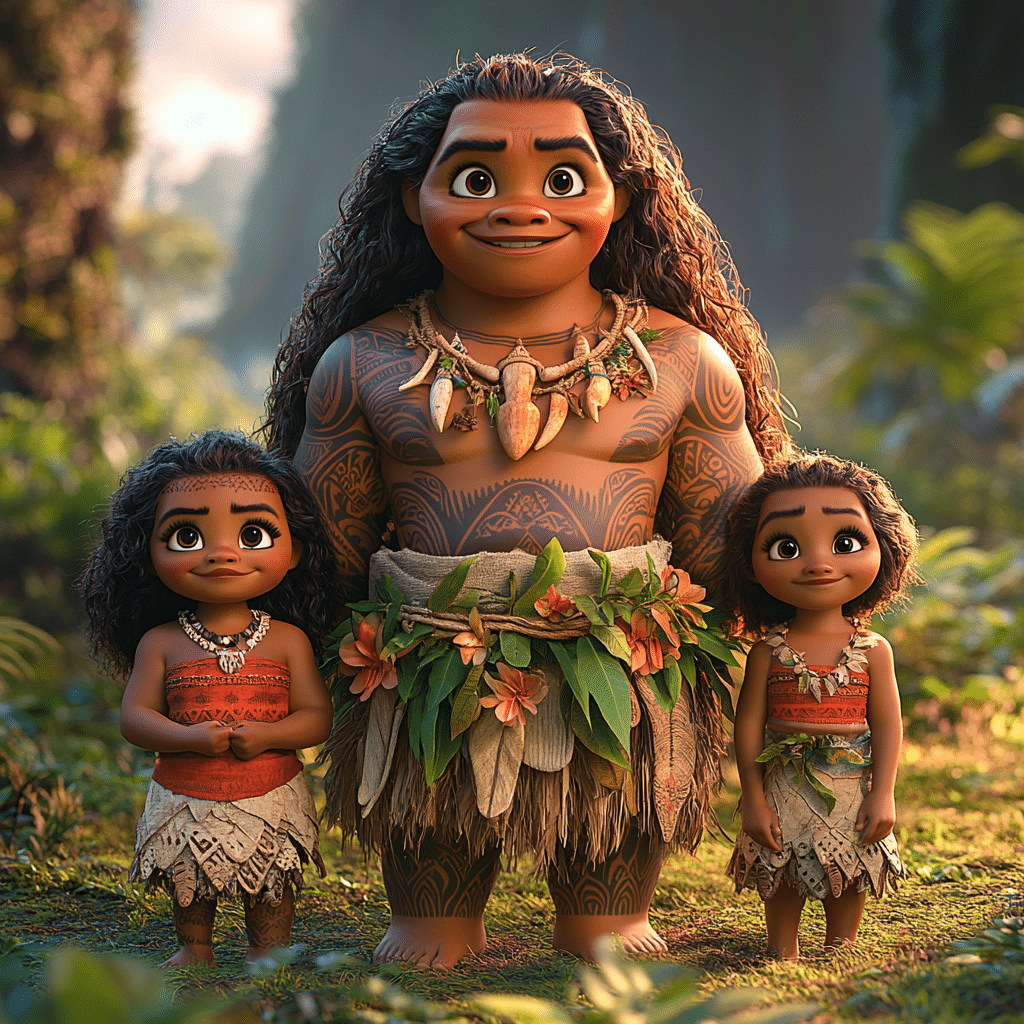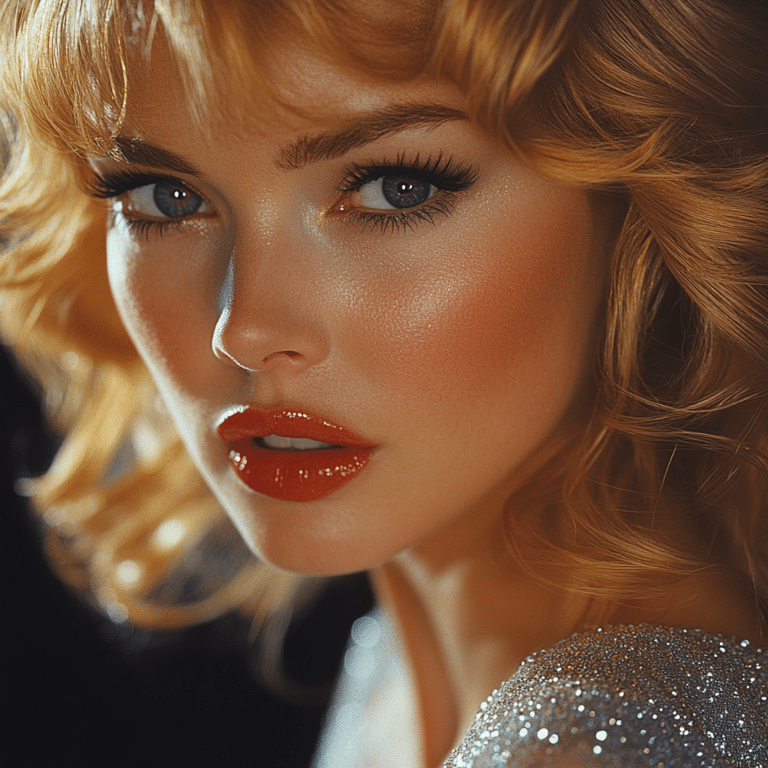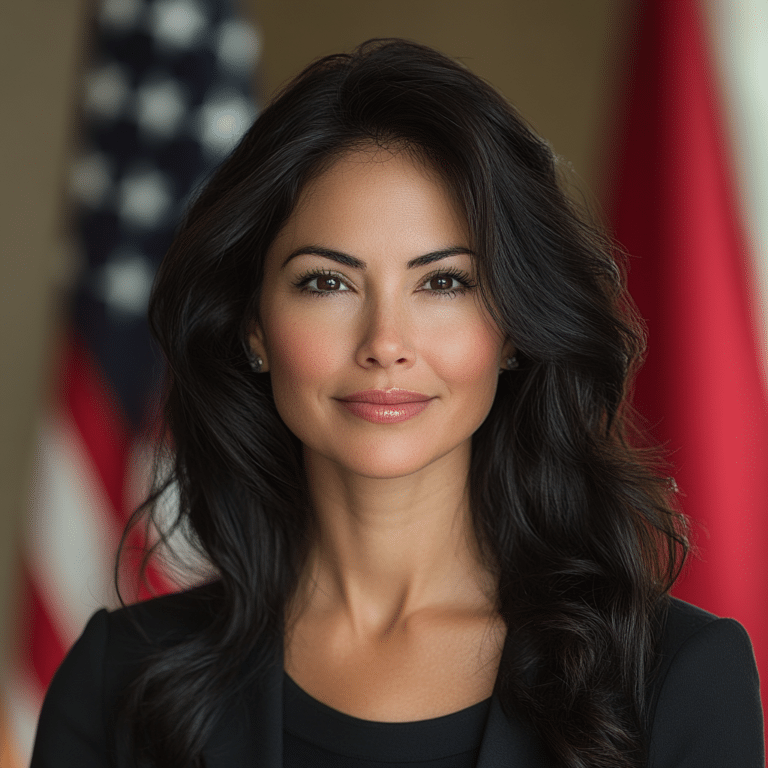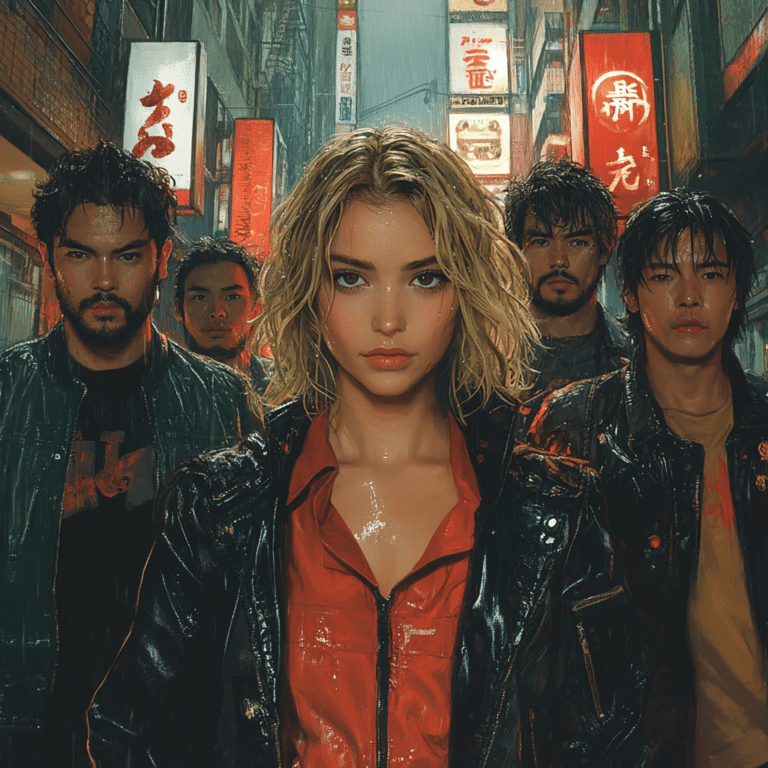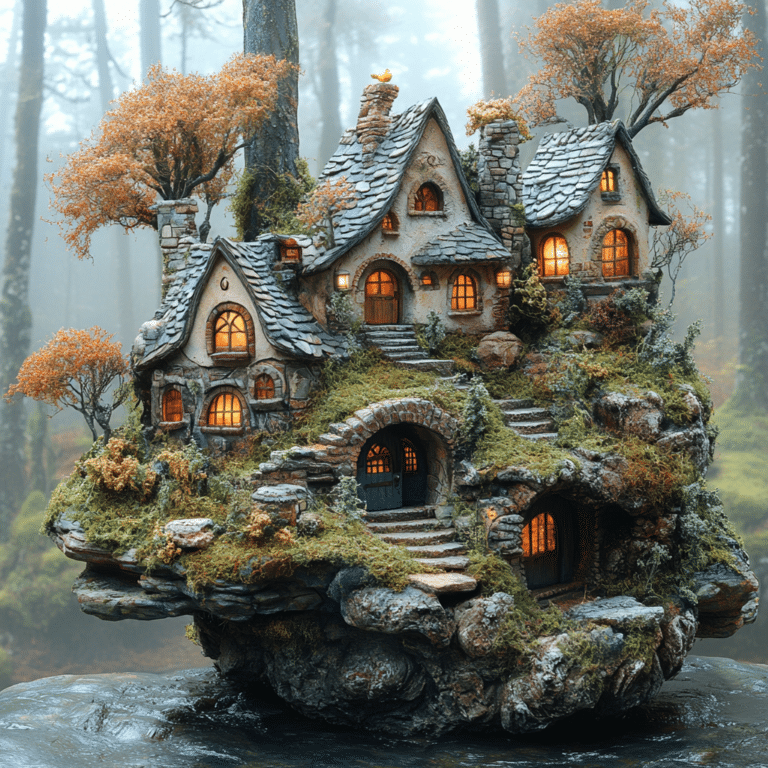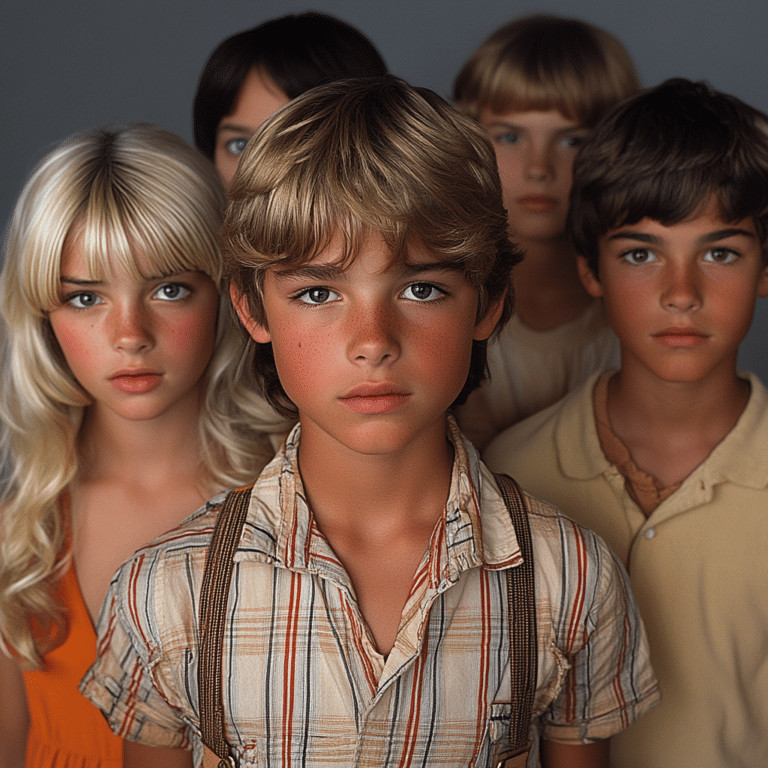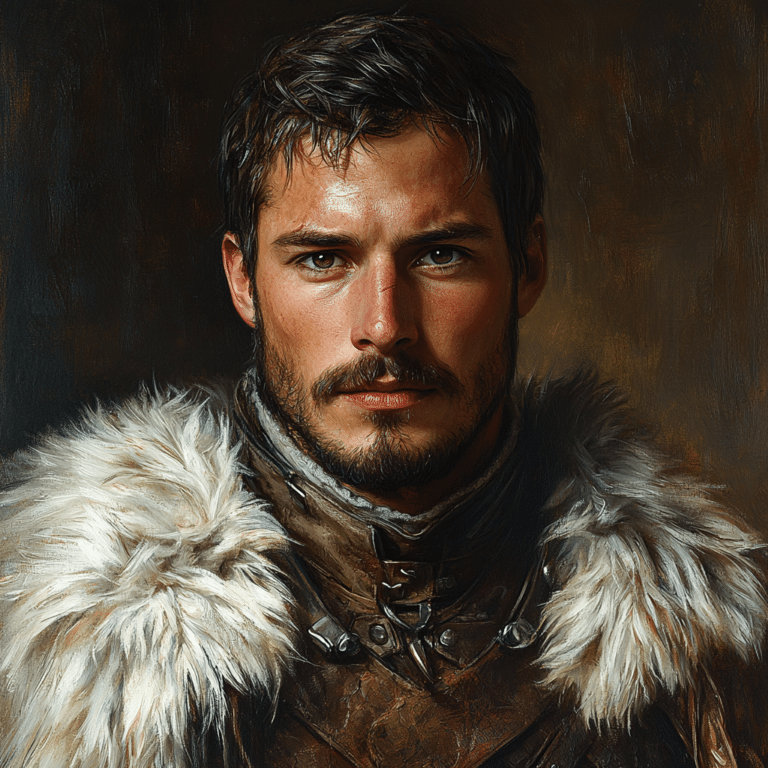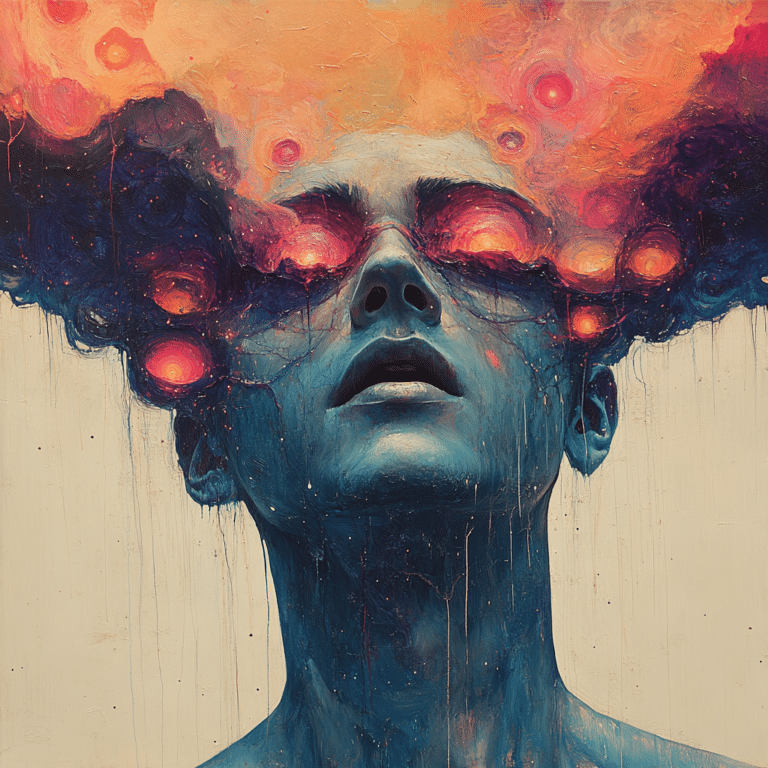The Villian Who Captivated Hearts And Minds In Cinema
When we think of cinema’s most memorable villains, our minds often drift to larger-than-life characters that both terrify and fascinate us. Villains, in their twisted glory, can be captivating. They don’t just serve as obstacles for our heroes; they explore the darker sides of the human experience. In today’s world, where morals seem as fluid as water, it’s interesting how these antagonists draw us in, forcing us to grapple with questions we might otherwise ignore. Let’s bounce into these unforgettable figures who have redefined what it means to be a bad guy in movies!

Top 7 Villains Who Redefined the Role of Evil in Film
The cinematic landscape is riddled with iconic villains who serve as catalysts for the hero’s journey. Yet some transcended their roles to captivate audiences on a deeper level. The following list highlights seven memorable villains whose nuances and depth have made them unforgettable characters in film history.
1. Heath Ledger as The Joker in “The Dark Knight” (2008)
Heath Ledger’s portrayal of The Joker didn’t just add a new layer to the villains we love to hate; it completely turned the game upside down. Ledger took chaos, wrapped it in a manic laugh, and served it with a side of philosophical musings that had viewers scratching their heads, unsure of whether to laugh or scream. Instead of simply flaunting his knavish ways, he questioned society itself. How scary is it when the villain has a point? This performance earned Ledger a posthumous Academy Award, making his Joker an iconic fixture in the villain hall of fame.
2. Anthony Hopkins as Hannibal Lecter in “The Silence of the Lambs” (1991)
Forget conventional notions of villains for a sec! Anthony Hopkins’ Hannibal Lecter isn’t just a creepy cannibal; he’s a highly educated psychiatrist with a taste for human flesh—not to mention a flair for the dramatic. His way of engaging with FBI agent Clarice Starling ignites a battle of wits, making the viewer wonder who the real monster is. With each haunting line, Lecter drags you into a chilling dance of morality, ensuring he’s a character who lingers long after the movie ends. Is it wrong to be intrigued by a villain who can also teach you about the dark side of human nature?
3. Meryl Streep as Miranda Priestly in “The Devil Wears Prada” (2006)
Talk about a villain with a fashion sense! Meryl Streep’s Miranda Priestly showed us that you don’t need a cape or a secret lair to be a memorable antagonist; sometimes, a perfectly tailored outfit does the trick. Streep’s icy demeanor makes us ponder ambition’s price in a world saturated with superficiality. Can you blame audiences for both loving and hating her? Miranda’s complexities reflect the sacrifices made in pursuit of success, revealing that villains can take many forms—including that boss who’s always looming over your shoulder.
4. Tom Hardy as Bane in “The Dark Knight Rises” (2012)
Who could forget Bane’s mind-blowing strength combined with his intellect? Tom Hardy’s portrayal elevated him from a brute force of nature to a philosopher of rebellion. Unlike many villains driven by greed, Bane yearns to flip societal norms on their head. His spine-tingling speeches and tragic backstory create layers that compel viewers to reflect on themes like class struggle and governance. In Bane’s world, who’s truly the villain—the oppressor or the one fighting against it?
5. Javier Bardem as Anton Chigurh in “No Country for Old Men” (2007)
Meet Anton Chigurh, a villain so profound that he practically personifies fate. Javier Bardem’s calm yet terrifying demeanor leaves the audience wondering about the randomness of violence and existence itself. With a cattle gun as his choice of weapon and an unyielding philosophy on life, Chigurh compels viewers to confront uncomfortable truths about morality. When a villain makes you question your beliefs on fate, you know you’ve stumbled upon something special. His presence is haunting, causing us to reevaluate our own choices through the chilling lens of chaos.
6. Cate Blanchett as Hela in “Thor: Ragnarok” (2017)
Forget the notion that villains can’t be complex! Cate Blanchett’s Hela is all about power, legacy, and good ol’ family drama. Her incredible strength and tragic backstory create an inviting space for sympathy even as she wreaks havoc. Did someone say “mommy issues” on steroids? Hela’s struggle to reclaim her throne reflects deeper themes about familial betrayal, urging us to acknowledge the fine line between villainy and heroism.
7. Jack Nicholson as Jack Torrance in “The Shining” (1980)
Jack Torrance, played by Jack Nicholson, has become the poster child for slow-burning madness. Nicholson’s performance blends psychological horror with tragic relatability as we watch Torrance descend into a dark abyss fueled by personal demons. His chilling evolution from devoted father to a terrifying antagonist emphasizes themes of isolation and family breakdown. If you’ve ever wondered how a loving parent can unravel, look no further! This villain showcases the fine line between sanity and insanity, creating moments that still haunt our minds today.

The Evolving Nature of Villainy in Cinema
These seven villains showcase how villainy has evolved, capturing the zeitgeist of societal fears, moral complexities, and the human experience. Today’s villains often mirror our own flaws and struggles, creating a dialogue between what we perceive as good and evil. The captivating nature of these villains lies in their duality; they challenge us, push buttons, and stir up sympathy in ways we might not expect.
As cinema advances, filmmakers are bound to dive even deeper into the rich tapestry of what makes a villain—and I for one can’t wait for the ride! Mapping out moral ambiguity has never been more relevant, guiding audiences through dark waters where they’re left to face their own truths. The world of cinema is richer with these memorable villains thanks to their authentic struggles, ensuring they’ll continue to captivate hearts and minds for generations to come.
So the next time you flick on a dark comedy or horror flick, keep in mind: the villain isn’t just there for shock value. They’re a reflection of our shared anxieties, inviting us to confront the messy layers of humanity. What will our future villains say about us? Only time will tell!
The Villain Who Captivated Hearts and Minds
The Allure of the Villain
Ever wondered why some villains steal the spotlight? We’ve all got a soft spot for those bad eggs, and it’s often because of their layered complexity. For instance, when you think about the psychological depth in iconic characters, it’s like they embody our deepest fears and desires. Just like how fans are captivated by the thrilling matchups in boxing, such as the recent showdown in the Gervonta Davis Vs Hector Luis Garcia fight, the stakes with villains can feel just as high. They’re often more relatable than the heroes, showcasing emotions we sometimes harbor ourselves, like jealousy, loss, and even ambition.
The Villain’s Backstory
How about those origin stories, huh? A well-crafted backstory can turn a straightforward villain into a tragic figure that resonates with the audience. Take a classic example like Darth Vader, who went from hero to villain due to a series of choices and betrayals that the audience can empathize with. And much like the way real estate enthusiasts scour platforms like Reddit For Tips on real estate investing, writers dig deep to develop or reinvent antagonists that are both relatable and complex. Watching these narratives unfold reveals why we might even cheer for them at times.
Icons and Influence
Villains often shape or redefine cultures in cinema, like the way certain trends take flight. Look at figures like Heath Ledger’s Joker, who left a lasting mark not just on film but in popular culture. This kind of influence might be comparable to how a simple item like a kerosene heater can transform a space — it plays a pivotal role in creating atmosphere. Such iconic portrayals can lead fans to engage in heated discussions about characters, similar to debates on community forums or gatherings. Indeed, the fascination with villains often draws us into discussions about morality, choices, and the very essence of what makes us human.
So, the next time you’re rooting for a villain, remember, it’s all about the drama, the backstory, and that little spark of charisma they bring to the screen. After all, some of the most memorable cinema moments spring from those unpredictable twists, just as exploring avenues like a window well cover can create unexpected comfort in a home. Villains invite us into a wild ride, and we’re all willing passengers!


